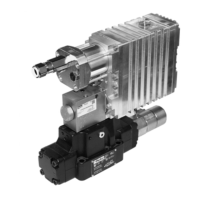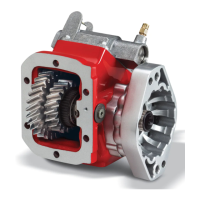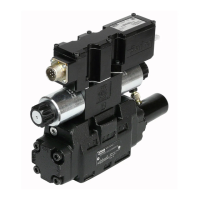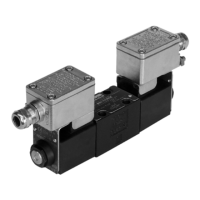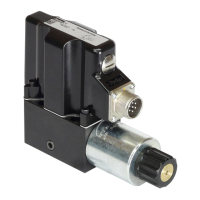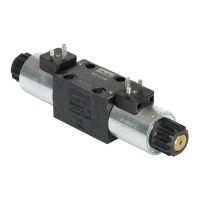5.1.2. Logic and output power connections
When connecting the VMM2404 logic and output power, note that:
Logic and output power connections are made using the VBATT and GND
pins.
When there are multiple output power pins, the number of wires needed to
connect the VMM2404 power depends on the amount of current required by
the application.
It is recommended that you use the largest AWG wire allowed by your
connector for the VBATT and GND pins, to meet the amount of expected
output current; however, this is not always true and depends on your
application.
The VMM2404 is protected against reverse-battery connections by an internal
high-current conduction path that goes from ground to power. To protect the
VMM2404 from damage in a reverse-battery condition, place a fuse of 25 A
or less in series with the power wires in the application harness.
Select fuse sizes by multiplying the maximum continuous current during normal
operation by 1.333 (75% de-rating factor). Do not use slow-blow fuses for this
application.
All power connections to the VMM2404 should be fused to protect the vehicle
harness.
Assumes there is no current flow through input or output connections in harness. Either active high inputs are not connected
to battery during sleep mode, or active-low inputs are not connected to ground during sleep mode.
This is required to ensure proper reverse battery protection on the module. Failure to include this fuse in the end application
harness could result in damage to the module and/or the application harness.
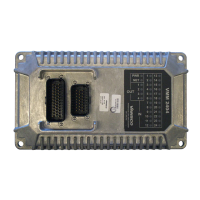
